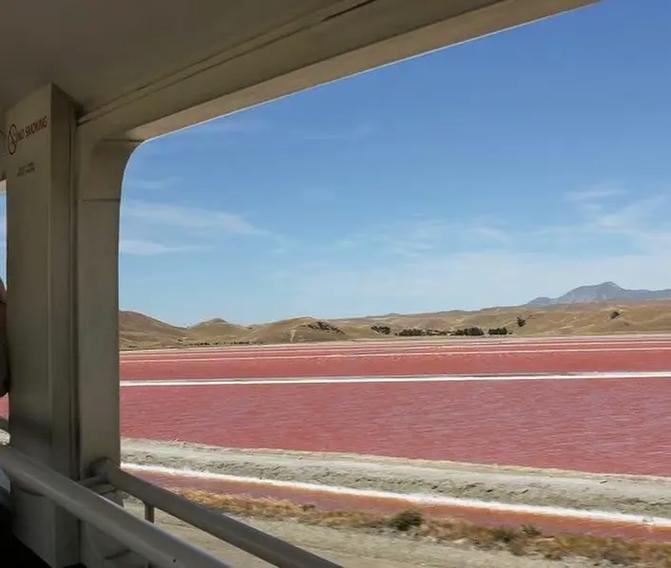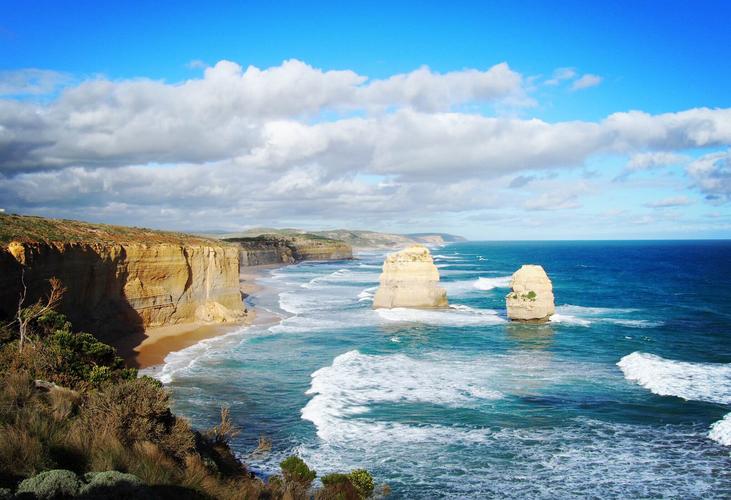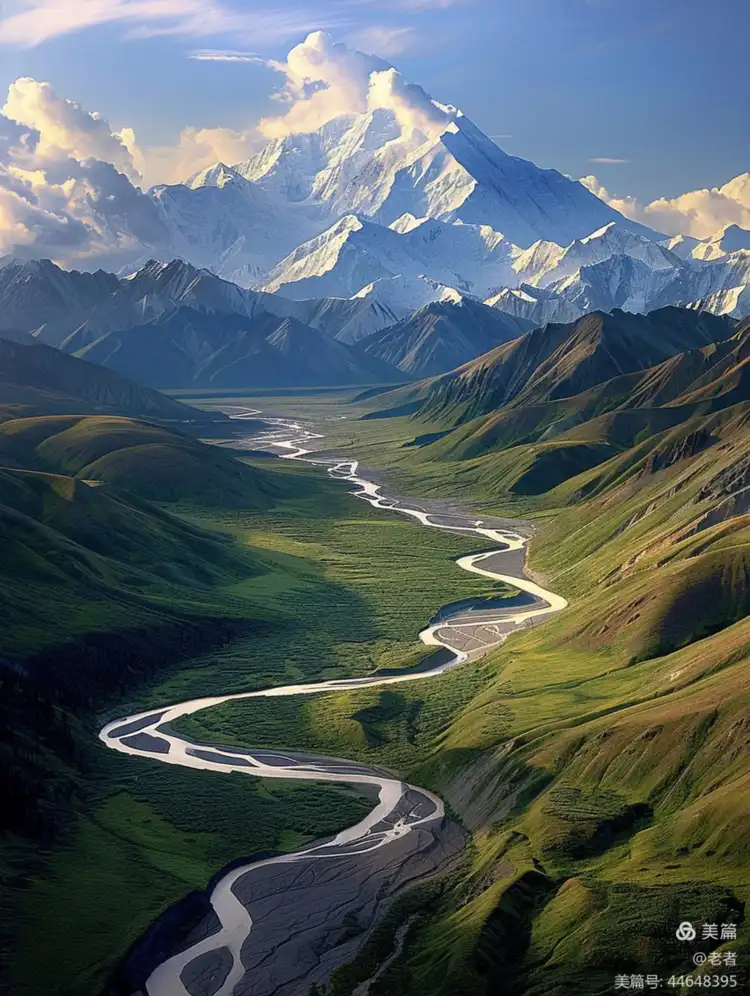Global Travel Information
Chihuahuan Desert, Mexico/USA
The Chihuahuan Desert: A Hidden Jewel of North America
Stretching across the southwestern United States and northern Mexico, the Chihuahuan Desert is one of the most biologically diverse and ecologically significant deserts in North America. Encompassing parts of Texas, New Mexico, Arizona, and the Mexican states of Chihuahua, Coahuila, Durango, and Nuevo León, this vast desert spans approximately 140,000 square miles (362,600 square kilometers). Despite its harsh climate, the Chihuahuan Desert teems with life, harboring unique flora and fauna, breathtaking landscapes, and a rich cultural history.

Geography and Climate
The Chihuahuan Desert is primarily a high-elevation desert, with much of its terrain lying between 3,000 and 5,000 feet (900–1,500 meters) above sea level. Unlike the low-lying Sonoran Desert to the west, the Chihuahuan Desert experiences more extreme temperature fluctuations, with scorching summers and surprisingly cold winters. Rainfall is scarce, averaging between 8 and 12 inches (200–300 mm) annually, and much of it arrives during brief but intense monsoon storms in late summer.
The desert’s topography is varied, featuring rugged mountain ranges, expansive grasslands, gypsum dunes, and deep canyons. The Rio Grande, one of North America’s longest rivers, carves a vital lifeline through the desert, sustaining ecosystems and human settlements along its banks.
Unique Flora and Adaptations
Despite its arid conditions, the Chihuahuan Desert supports an astonishing variety of plant life, many of which have evolved remarkable adaptations to survive. Among the most iconic plants is the Lechuguilla (Agave lechuguilla), a spiky agave species found almost exclusively in this desert. Its sharp leaves deter herbivores, while its deep roots tap into underground moisture.
Another notable species is the Creosote Bush (Larrea tridentata), which dominates vast stretches of the desert. Known for its resinous scent after rain, this hardy shrub can live for centuries, with some clones estimated to be over 11,000 years old.
The desert is also home to an array of cacti, including the Prickly Pear (Opuntia spp.), Hedgehog Cactus (Echinocereus spp.), and the towering Saguaro-like Mexican Giant Cardon (Pachycereus pringlei) in its southern reaches. Yuccas, such as the Soaptree Yucca (Yucca elata), provide critical resources for wildlife, from nectar for bats to fibers used by Indigenous peoples.
Wildlife of the Chihuahuan Desert
The Chihuahuan Desert’s fauna is equally impressive, with species that have adapted ingeniously to the extreme environment. Among the most charismatic mammals is the Pronghorn Antelope (Antilocapra americana), the fastest land animal in North America, capable of sprinting at speeds up to 55 mph (88 km/h).
Smaller but equally fascinating creatures include the Kangaroo Rat (Dipodomys spp.), which survives without drinking water, extracting moisture from seeds. The Desert Cottontail (Sylvilagus audubonii) and Black-tailed Jackrabbit (Lepus californicus) rely on their large ears to dissipate heat.
Predators such as the Coyote (Canis latrans), Bobcat (Lynx rufus), and Mountain Lion (Puma concolor) roam the desert, while reptiles like the Texas Horned Lizard (Phrynosoma cornutum) and Western Diamondback Rattlesnake (Crotalus atrox) thrive in the heat. Birdlife is abundant, with species like the Greater Roadrunner (Geococcyx californianus), Vermilion Flycatcher (Pyrocephalus rubinus), and Golden Eagle (Aquila chrysaetos) gracing the skies.
Conservation Challenges
Despite its resilience, the Chihuahuan Desert faces significant threats. Overgrazing, urbanization, and water extraction for agriculture have degraded large areas, leading to habitat loss for native species. Climate change exacerbates these issues, with rising temperatures and prolonged droughts altering delicate ecosystems.
Several conservation efforts are underway to protect the desert’s biodiversity. The Big Bend National Park in Texas and Mexico’s Mapimí Biosphere Reserve serve as vital refuges for wildlife. Grassland restoration projects and sustainable water management initiatives aim to balance human needs with ecological preservation.
Cultural and Historical Significance
The Chihuahuan Desert has been inhabited for millennia, with Indigenous peoples such as the Rarámuri (Tarahumara), Apache, and Comanche leaving their mark on the land. Spanish explorers and later settlers introduced ranching and mining, shaping the region’s cultural landscape.
Today, the desert remains a place of inspiration, attracting scientists, artists, and adventurers. Its stark beauty, star-filled skies, and untamed wilderness offer a glimpse into a world where life thrives against all odds.
Conclusion
The Chihuahuan Desert is more than just a barren wasteland—it is a dynamic and vibrant ecosystem, a testament to nature’s adaptability. From its resilient plants and elusive wildlife to its deep cultural roots, this desert holds countless stories waiting to be discovered. Protecting this fragile yet enduring landscape is not just an ecological imperative but a celebration of one of North America’s most extraordinary natural treasures.
相关文章
- Elbe River Archaeological Sites: Ancient Finds Near the Water
- Elbe River Botanical Gardens: Flowers & Plants Along the Banks
- Elbe River Zoos & Aquariums: Family Fun Near the River
- Elbe River Amusement Parks: Rides with River Views
- Elbe River Camping Spots: Pitch a Tent by the Water
- Elbe River Glamping Sites: Luxury Camping Along the Banks
- Elbe River RV Parks: Stay in Your Camper Near the River
- Elbe River B&Bs: Cozy Accommodations with a Personal Touch
- Elbe River Hostels: Budget Stays for Young Travelers
- Elbe River Business Travel Guide: Meetings & Events Near the Water
发表评论
评论列表
- 这篇文章还没有收到评论,赶紧来抢沙发吧~


